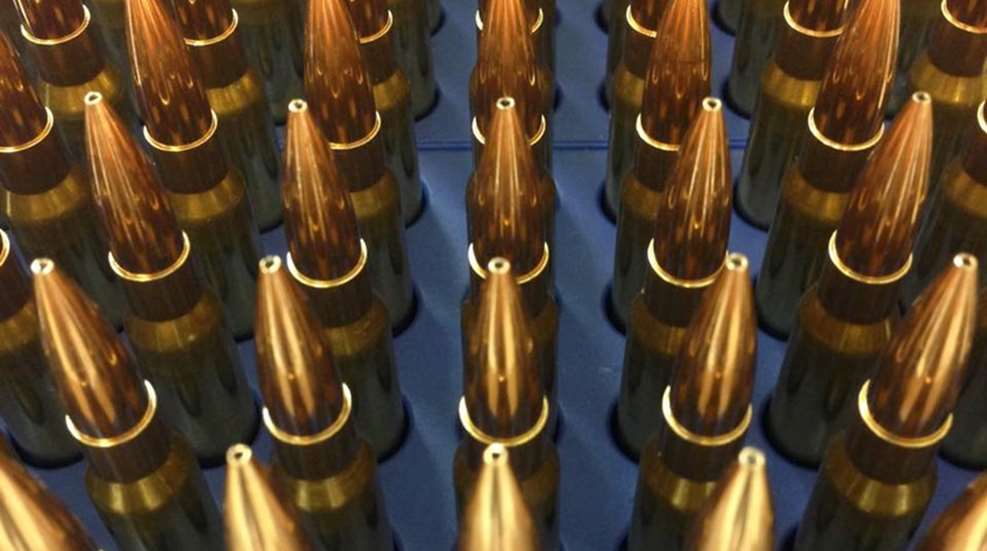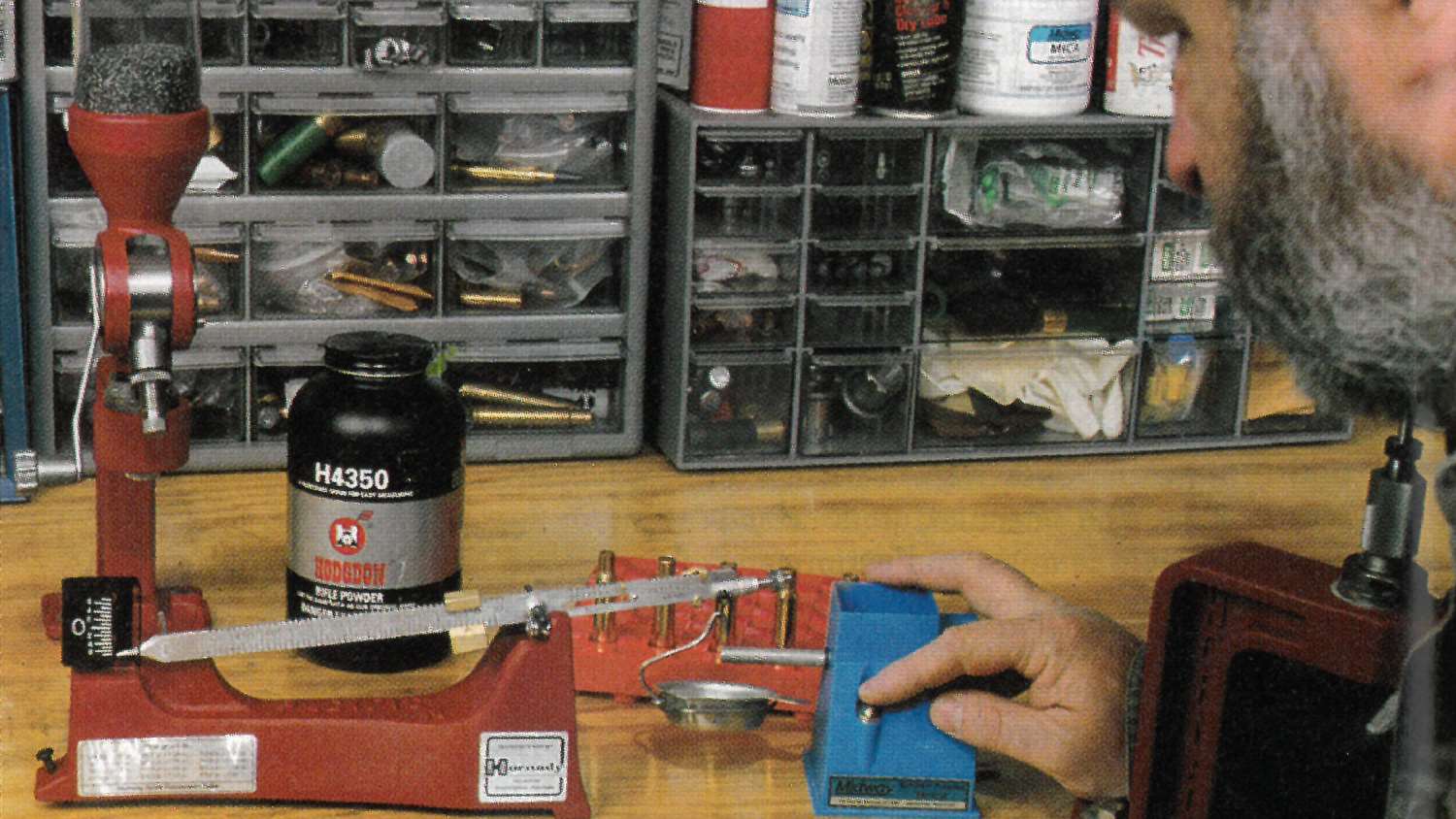
The older and busier I get, the worse my memory seems to work. Many years ago I had a nearly photographic memory, and I forgot virtually nothing. Then something changed and I found that I had to write things down if I wanted to remember them. These days I keep forgetting where I put the paper I wrote on. I actually asked a doctor about it and he pointed out that the older we get the more memories we have. He also noted that, like most people today, I am far too busy and trying to do too many things at once.
“It’s like a computer’s hard drive,” he said. “Your brain only can hold so much. It sorts the data and throws out the unimportant things while keeping what you really need to remember.”
If that’s true, and I suspect it is, my software has some bugs. I wish it would do a better job of remembering appointments and deadlines. I am sure the file that remembers where my truck keys or glasses are is corrupted.
But, I think he is right about remembering the really important things. I can recall every detail of the first cartridge I ever handloaded some 35 years ago. I was 11 years old and so gun crazy, I thought I would explode. Every spare moment was spent prowling my grandfather’s gunroom, workshop and reloading area. I read every book he had on guns and shooting, and I pestered him relentlessly with questions. The rest of my spare time was used to fulfill my mission to burn up all the .22 shells I could beg, buy or borrow and to shoot all the centerfire cartridges I could talk Gramp into handing me.
I think it was self-defense as much as anything else that made him decide to teach me to load my own. My first was a .243 Winchester, and I still remember the components of the load. It was a Sierra 85-grain HPBT bullet over H4831 powder. I selected that powder simply because it was listed in the book for the .243 Win., and it was the least expensive on the gun shop’s shelf. I still have the can and although the price tag is faded, I remember it cost $1.95, which represented a lot of hay bales stacked in the barn’s loft.
Gramp and I later used that cartridge in a rifle he had built to ruin a woodchuck’s day. I wanted so badly to make sure that I hit something with it that I passed on shot after shot until we finally found one so close I almost couldn’t miss. That did it―I was hooked on handloading.
You can handload on the kitchen table, particularly if you set up your press on a portable pedestal, and that’s fine to get started. But, once handloading has you hooked, you will discover that it’s far better to have a dedicated place.
My handloading area currently takes up nearly two walls in my basement, and it’s still growing. For most handloaders it doesn’t have to be that large, though. For many years I worked with a single bench that was just 42 inches long. Along with a small metal storage cabinet and a couple of shelves, this setup served me well. Truth is, I still do most of my rifle and handgun loading on the same bench.
Regardless of its size, your bench should be heavy and strong. If there’s no question that it’s rugged enough to use to rebuild a truck engine, it’s just right. You will be putting considerable force on your press at times and the bench must be rigid and strong. You want it heavy so it will not move when you are doing these operations.

It’s possible to buy a pre-fab bench or there are commercial plans available to build reloading benches, but it’s just as easy to improvise. I made a bench once that was eight feet long by 30 inches deep and stands 32 inches high. The bench had a frame made from 2x6 lumber and pressure treated 4x4 supports for legs, all of which I drilled and fastened with carriage bolts. I made the top from hardwood planks that were given to me. I drilled and lagged them to the frame and then covered the top with ¾-inch plywood that I both screwed and glued to the planks. Finally, I covered the top with several coats of polyurethane. My total cost with a little scavenging was well under $150 (in 2001 dollars).
As with real estate, the prime consideration should be location. It must be a clean, well-lit place, and it must be dry. A couple of inexpensive florescent shop lights suspended from the ceiling will take care of the lighting, and I keep my area dry by running a dehumidifier year-round. This should be a place where you can work without distractions. Handloading is serious business, and you must be organized and distraction free. Don’t talk on the phone, watch TV or do anything else when you are handloading, and don’t set up your handloading area where anybody else will doing these things.
A neat and well-organized reloading area is important, and you will need lots of shelves and storage. Do not use the work area on your bench for storage. It should never have anything except tools and the components for the reloading job you are doing at the time. Each of the components should have its own storage area where it should be kept the rest of the time. The same with dies and other tools―it’s best to have a dedicated storage area for them.
Some tools will be permanently mounted on the bench. Layout will depend on how you like to work. I like my press bolted to the left front corner of the bench. I sit straddling the corner when I work. Because I am left-handed, I put my cartridge block, trays, bullets and other accessories, on my left. I work the press handle with my right hand and use my left to move the cases or components. This actually works out well for right-handed people as well.
I mounted my powder measure in the center of the bench on an elevated stand. This location gives me plenty of room for trays and cartridge blocks in front. I have the handle reversed so that my left hand works the powder measure while my right hand holds the cartridge case to catch the powder that is dispensed. I keep the scale to the right of the powder measure. Because I weigh every load for much of my handloading, this is convenient for my right hand to dump the case full of powder into the scale pan. The powder funnel is on the left so I can hold it and the cartridge in my left hand and use my right to dump the powder from the scale pan. Then the charged cartridge goes in a cartridge block off to the left side.
Other tools are mounted on the far right of the bench. Actually, it’s easier to install an accessory base plate at this location. The base plate allows mounting a variety of tools in the same location. For example you may be using a bullet sizer if you are loading cast bullets. But if you need to trim some cases, you can remove it and put your case trimmer in its place. Later you may want to replace that with a bench-mounted priming tool. With the accessory plate, you can swap to the tool you need at the moment and not have all of them mounted on the bench all the time. This saves space. You will not have all of these tools at first, but it’s best to plan your handloading area with future expansion in mind.
My larger bench holds a second press and powder measure as well as a couple of shotgun loading presses. I have other shotgun presses that are mounted and removed as needed. They are stored on shelves near the bench.
I have several small plastic drawers on the back of my bench to hold the multitude of small parts and tools that seem to breed and multiply in any handloading operation. You will want electric power available at your handloading location as many of the tools run on 110VAC power.
The wrenches I use a lot for adjusting dies and other common chores hang on nails behind the bench where they can be easily reached. You will need several Allen wrenches, and they have a habit of getting lost. I cut off several short sections of aluminum arrow shafts and taped them to my powder measure stand. They work great for holding a few Allen wrenches each.
As you use your handloading area, you will want to adjust and refine the placement and organization of your tools and components, but trust me, you will never get it exactly right. A well-stocked and often used handloading area is an always-evolving thing. But, that’s part of what makes it so much fun.
Now if you will excuse me I am off to the shooting range. Anybody seen my keys?

































